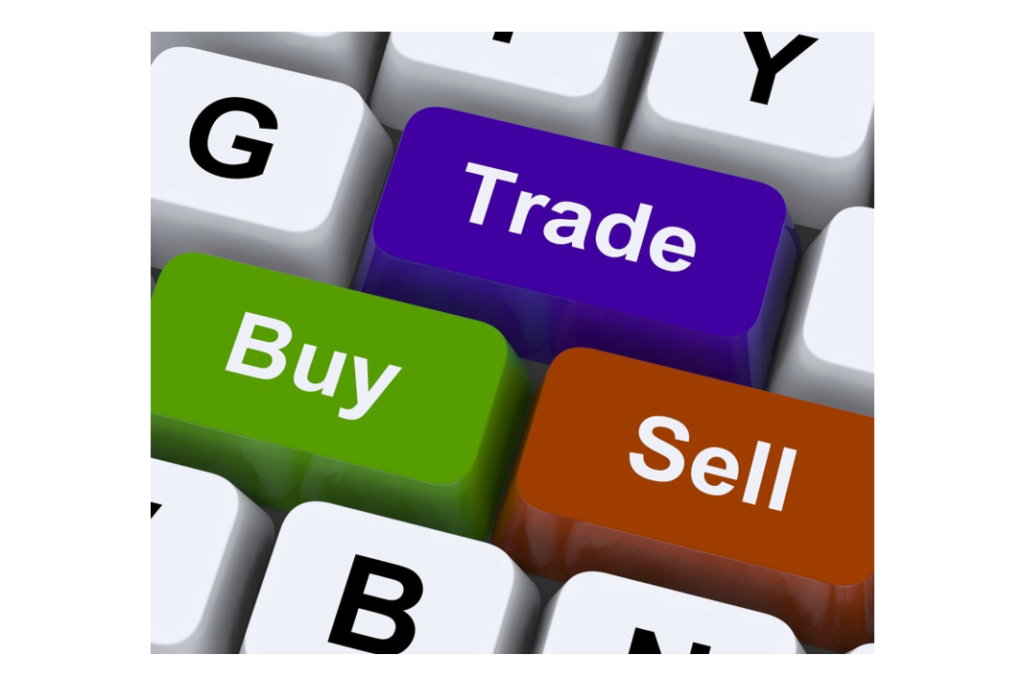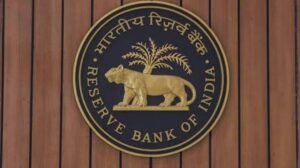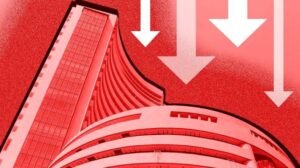
In trading, there are several types of orders that traders can use to execute trades in financial markets. Each type of order has its own specific instructions for buying or selling assets at a certain price. Here are the most common types of orders:
- Market Order:
A market order is a request to purchase or sell an asset at the current market price. Market orders are executed immediately at the best possible price available in the market. This type of order ensures speedy execution but does not guarantee a specific price.
- Limit Order:
A limit order is an instruction to buy or sell an asset at a specified price or better. For buy limit orders, the specified price is below the current market price, while for sell limit orders, the specified price is above the current market price. Limit orders provide control over the price at which a trade is executed but do not guarantee immediate execution if the specified price is not reached.
- Trailing Stop Order:
A trailing stop order is a dynamic stop-loss order that adjusts automatically based on the asset’s price movements. It specifies a stop price as a percentage or fixed amount below the current market price for sell orders or above the current market price for buy orders. As the market price moves in a favorable direction, the stop price also adjusts accordingly, trailing behind the market price at a set distance.
- Stop Order (Stop-Loss Order):
A stop order, also known as a stop-loss order, is an instruction to buy or sell an asset once the price reaches a specified level, known as the stop price. For buy stop orders, the stop price is above the current market price, while for sell stop orders, the stop price is below the current market price. Stop orders are used to limit losses or protect profits by triggering a trade when the market moves in an unfavorable direction.
- Stop-Limit Order:
A stop-limit order combines features of a stop order and a limit order. It specifies a stop price and a limit price, indicating the price at which the trade should be executed and the maximum or minimum price at which the trade should be filled. Once the stop price is reached, the order becomes a limit order, and it will only be executed at the specified limit price or better.
- Market-if-Touched Order (MIT):
A market-if-touched order is an instruction to buy or sell an asset at the market price if and when the specified price is touched or passed. It is similar to a limit order but becomes a market order once the specified price is reached.






